Top Natural Alternatives to Salt: There’s no denying it: well-salted fries (and pretty much all food) taste much better than their unseasoned counterparts. But there are good reasons to look for alternatives to salt from time to time: Going overboard on salty things affects more than just your taste buds. In fact, it can lead to a number of serious health problems, such as high blood pressure, metabolic syndrome, chronic kidney disease, heart disease, and even stroke.
Top Natural Alternatives to Salt
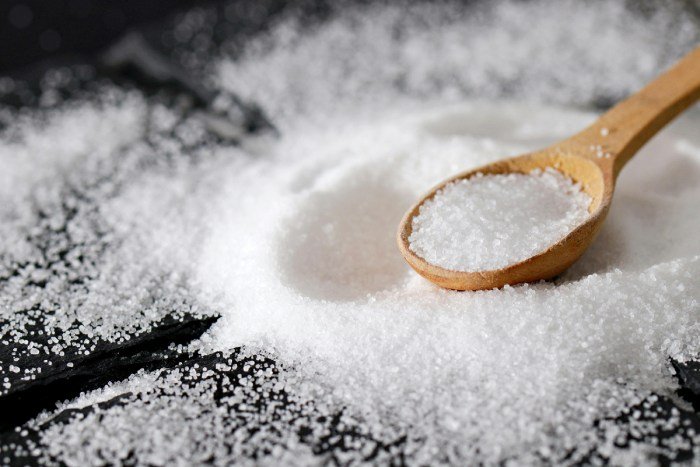
“Sodium plays a role in fluid balance, muscle contraction, nervous system signaling, and blood pressure regulation,” says nutritionist Gena Hamshaw. The problem: “Within our food system, it’s easy to meet sodium needs, but it’s tricky to avoid consuming too much.” Why? Two words: processed foods. They tend to be loaded with material.
“While many consumers know that canned soups tend to be very high in sodium, they may not realize that staple foods like bread and pasta sauce are also significant sources,” says Hamshaw.
In addition to being mindful of eating foods high in salt, you can also help keep your sodium intake reasonable by switching up your seasonings every now and then. These 19 alternatives to salt will give your food some oomph without all the sodium.
1. Black pepper
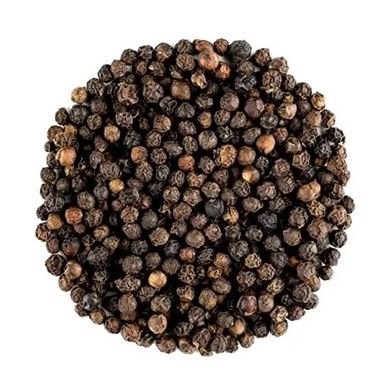
“Black pepper often goes hand in hand with salt, but adding it alone can add the same flavor without the sodium,” says nutritionist Patricia Bannan. Not to mention, its active compounds can help fight inflammation.
Add this versatile salt alternative to savory recipes such as soups, baked chicken or fish, and pasta.
2. Garlic instead of salt
“Often associated with Italian dishes, garlic is spicier than onion and can add tons of flavor without sodium,” says Bannan.

When a recipe calls for garlic, there’s an even greater incentive to double the quantity: “Garlic has been linked to several health benefits, such as boosting immunity, lowering blood pressure, and improving cholesterol levels,” explains Bannan.
3. Paprika
Paprika not only provides a pretty sunset hue to baked dishes, but it’s also a stellar salt alternative. “Made from dried peppers, it can add a sweet, smoky flavor,” says Bannan.
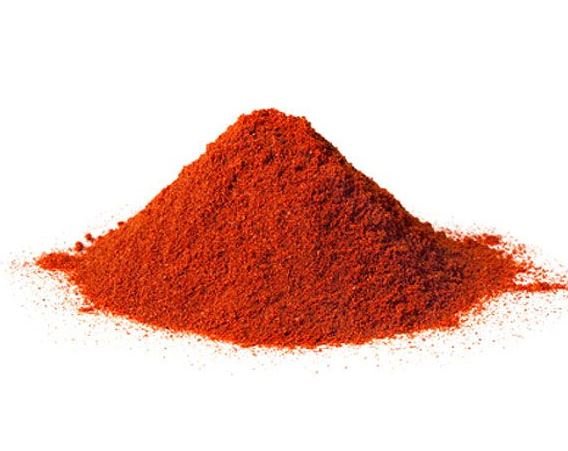
The seasoning can be used in many recipes, such as stews, peppers, roasted meats, fish, or poultry.
4. Oregano instead of salt
According to Bannan, this aromatic herb, widely used in Italian and Greek cuisine, adds a bright flavor to recipes such as sauces, pizza, chicken, and fish.

She says, “It can be used fresh or dried and is a tasty way to reduce sodium.”
5. Cayenne pepper
If you can tolerate the spicy flavor, sprinkle a pinch of cayenne pepper over your burrito.
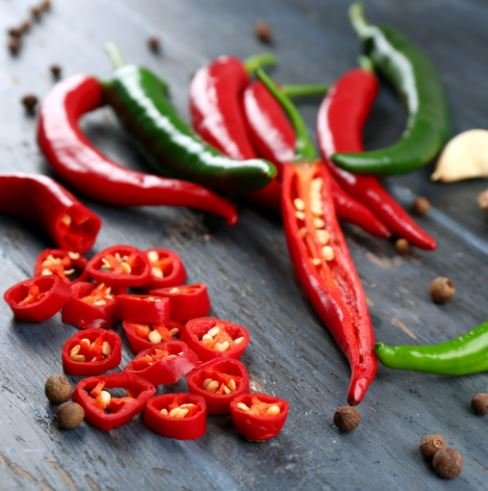
“This spice adds a spicy kick and can add a flavor similar to hot sauce, but without the high levels of sodium,” says Bannan. It’s great for soups, tacos, and salsa and may speed up your metabolism.
6. Nutritional Yeast
In addition to working as a great non-dairy cheese substitute in everything, this nutritional yeast is an excellent source of B vitamins.
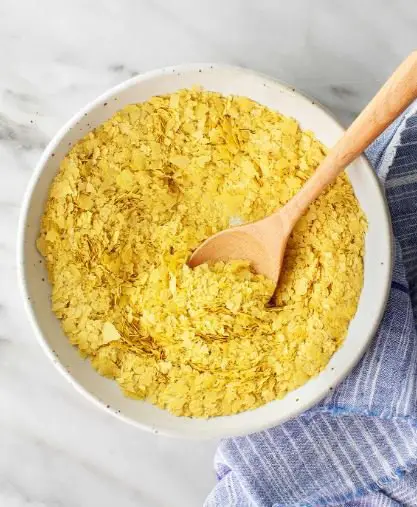
According to Bannan, nutritional yeast is an especially good source of vitamin B12, which is often a nutrient of concern, particularly for vegans. Plus, nutritional yeast contains fiber and protein to help keep you full.
7. Thyme instead of salt

“Thyme can be used in both fresh and dried forms and is a sodium-free way to boost the flavor of roasted vegetables or chicken, roasted fish, or meat marinades,” says Bannan.
Bonus: It may have a positive effect on blood pressure and cholesterol.
8. Basil
Registered dietitian Heather Hodson says basil has an incredible flavor and aroma that complements many different foods, from vegetables and meat to cheese and fresh fruit.

Plus, “basil is packed with vitamins K, A, C, and E, and known for its antioxidant, anti-inflammatory, and antibacterial properties,” she says.
Mix it into pesto, use it to garnish pizza and pasta dishes, sauté vegetables, toss it with greens for a tasty salad, or whisk it with oil and vinegar for homemade dressing.
9. Sage instead of salt
Skip the salt and use sage to flavor meats, risottos, polenta, and bean dishes – on their own or in conjunction with other herbs.

“Like many leafy greens, sage is rich in vitamin K, which helps produce and regulate proteins involved in bone metabolism and blood clotting,” says Hodson. One teaspoon contains 10% of your daily vitamin K needs.
10. Dill instead of salt
Fun fact: Dill is a botanical cousin of celery, so it’s equally low in calories and has a distinct sweet and lemony, slightly bitter flavor, says Hodson.
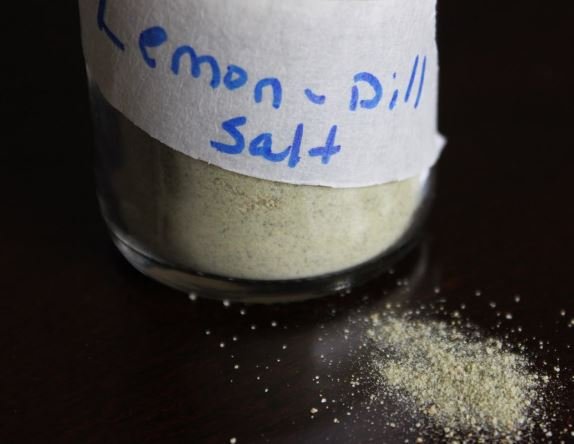
She adds that Dill is an excellent source of vitamins A and C and can support digestive and kidney health.
“While many people immediately associate it with pickling cucumbers, this herb is actually very versatile,” says Hodson. “Its refreshing and harmonious taste goes well with chicken and fish dishes, potato salads, and chilled pasta or tomato-based salads.”
11. Lemon Juice
Want to cook like a chef? Start using lemon juice in place of salt. “Its unique chemical properties allow it to brighten the color of vegetables when added to dishes at the end of cooking,” says Hodson.
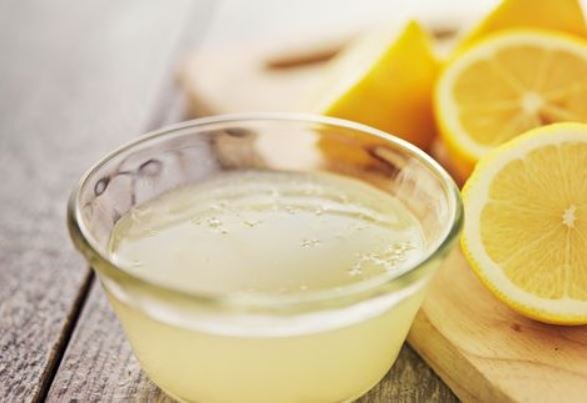
Lemon juice is also rich in vitamin C, which plays an active role in immunity, skin elasticity, iron absorption, and heart disease prevention.
Hodson recommends adding it to chips or tomato sauce or squeezing it onto chicken, fish, and vegetables.
12. Turmeric
Turmeric is flying off the shelves for its anti-inflammatory benefits, but it’s also a great flavor and salt-boosting alternative.

“Turmeric is known as a staple ingredient in curries, but its sweet, slightly peppery flavor also pairs well with eggs, soups, stews, or roasted root vegetables,” says Hodson.
Pair it with black pepper, which contains piperine, a compound that significantly increases the bioavailability and absorption of turmeric.
13. Apple cider vinegar
“Apple cider vinegar can be a delicious, sodium-free addition to a wide variety of dishes,” says Hodson. “Its spicy flavor packs a big punch, so a little goes a long way.”
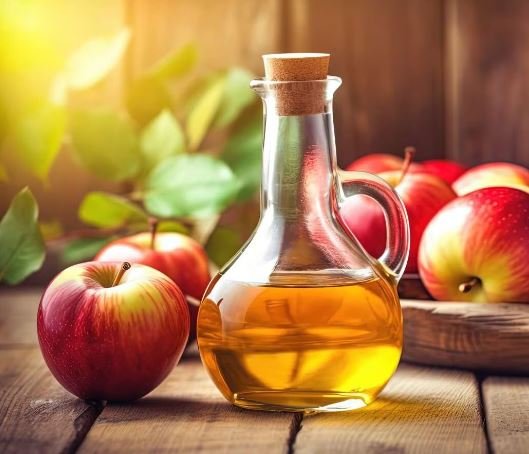
Although more research is needed to confirm the current findings, apple and olive oil may also help promote satiety and lower blood sugar levels, says Hodson.
Mix it with olive oil to make salads and add it to meats to brighten protein dishes.
14. Rosemary instead of salt

According to Hamshaw, rosemary has a wintry pine flavor, so it’s no surprise that it pairs well with soups, stews, and other hearty foods.
Try it in plant-based breads (like lentil bread) and pies.
15. Balsamic vinegar
Like apple cider vinegar, balsamic vinegar improves the flavor of any dish while containing negligible calories.
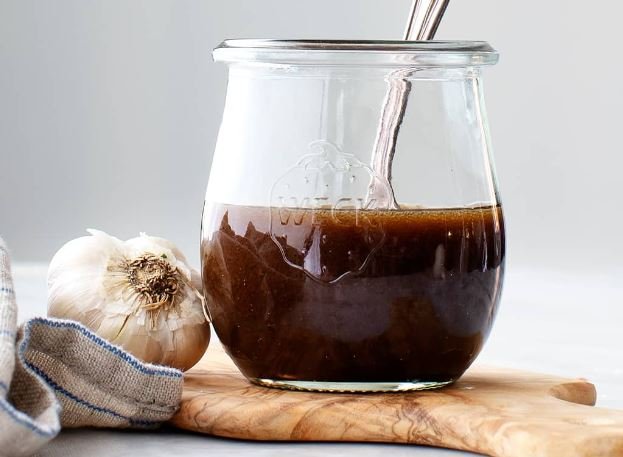
Although commonly mixed with olive oil, balsamic also works great on top of meats, cooked vegetables, and grilled fruits when cooked over low heat until a balsamic reduction.
Hodson recommends drizzling balsamic vinegar on low-sodium chickpeas for a crunchy, low-sodium snack and roasting them for 30 minutes.
16. Red wine vinegar
Low in sodium and full of light flavor, what’s not to love about red wine vinegar?
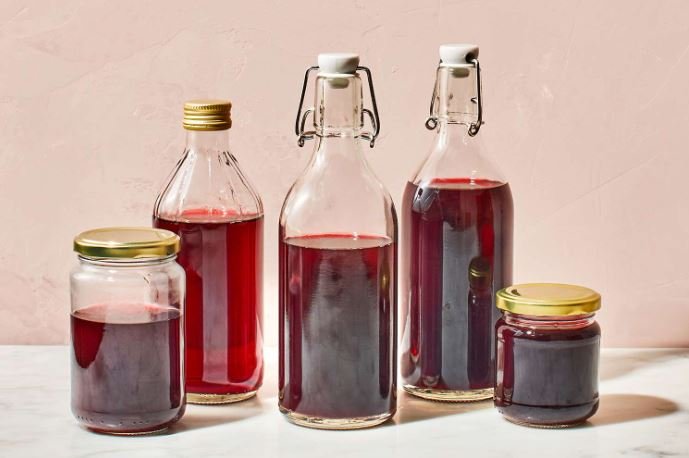
According to Hodson, red wine vinegar’s sharp flavor makes it ideal for salad dressings, marinades, and pickling. It also goes well with beef, pork, and vegetables.
17. Dried Onion
Despite its bold flavor, dried onions contain no salt, so they’re an especially great alternative for those looking to cut down on sodium, says Hamshaw.
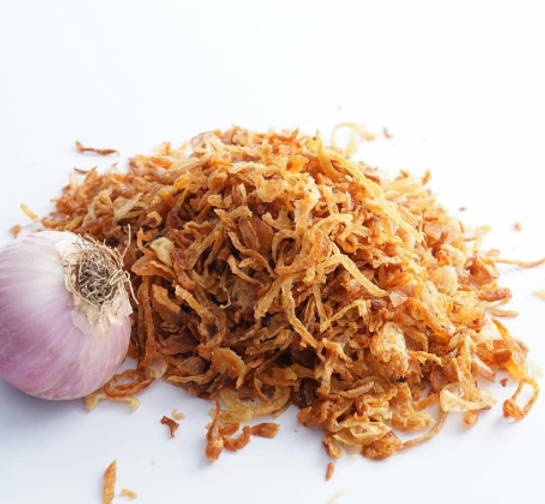
“Onion powder is intensely flavorful and perfect for adding a distinct flavor to foods without having to peel, chop, and sauté onions,” she says.
Try it in soups, mashed potatoes, chicken or egg salads, and marinades.
18. Coriander instead of salt
“Coriander is unique among spices in that it has a bright, almost citrusy flavor,” says Hamshaw. “It can add depth and contrast to savory dishes, and is often called for in Indian and Mexican cuisine.”

If you’re preparing globally inspired meals and looking to reduce salt, cilantro is a great way to lock in flavor while maintaining the integrity of the dish.
19. Parsley instead of salt
“Like most fresh herbs, parsley is low in sodium and flavorful, meaning it’s a perfect choice for anyone looking to reduce their salt intake,” says Hamshaw.

Because of its bright, fresh flavor, parsley is a great salt alternative for savory, hearty dishes like winter stews, pasta dishes, and mashed potatoes.
(Source: Runners World)
